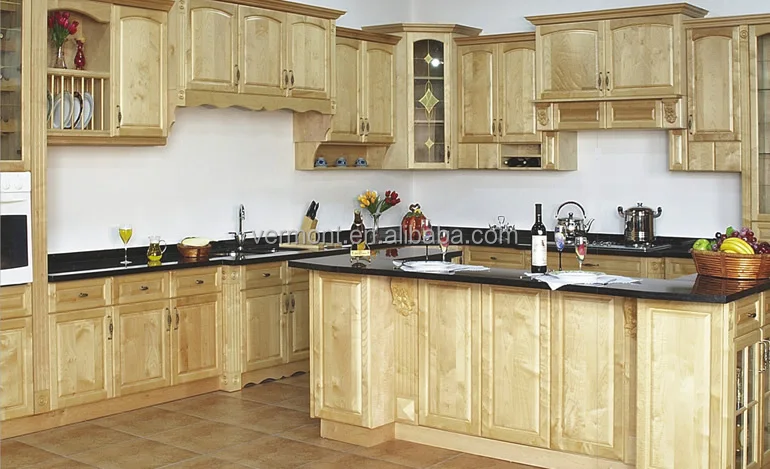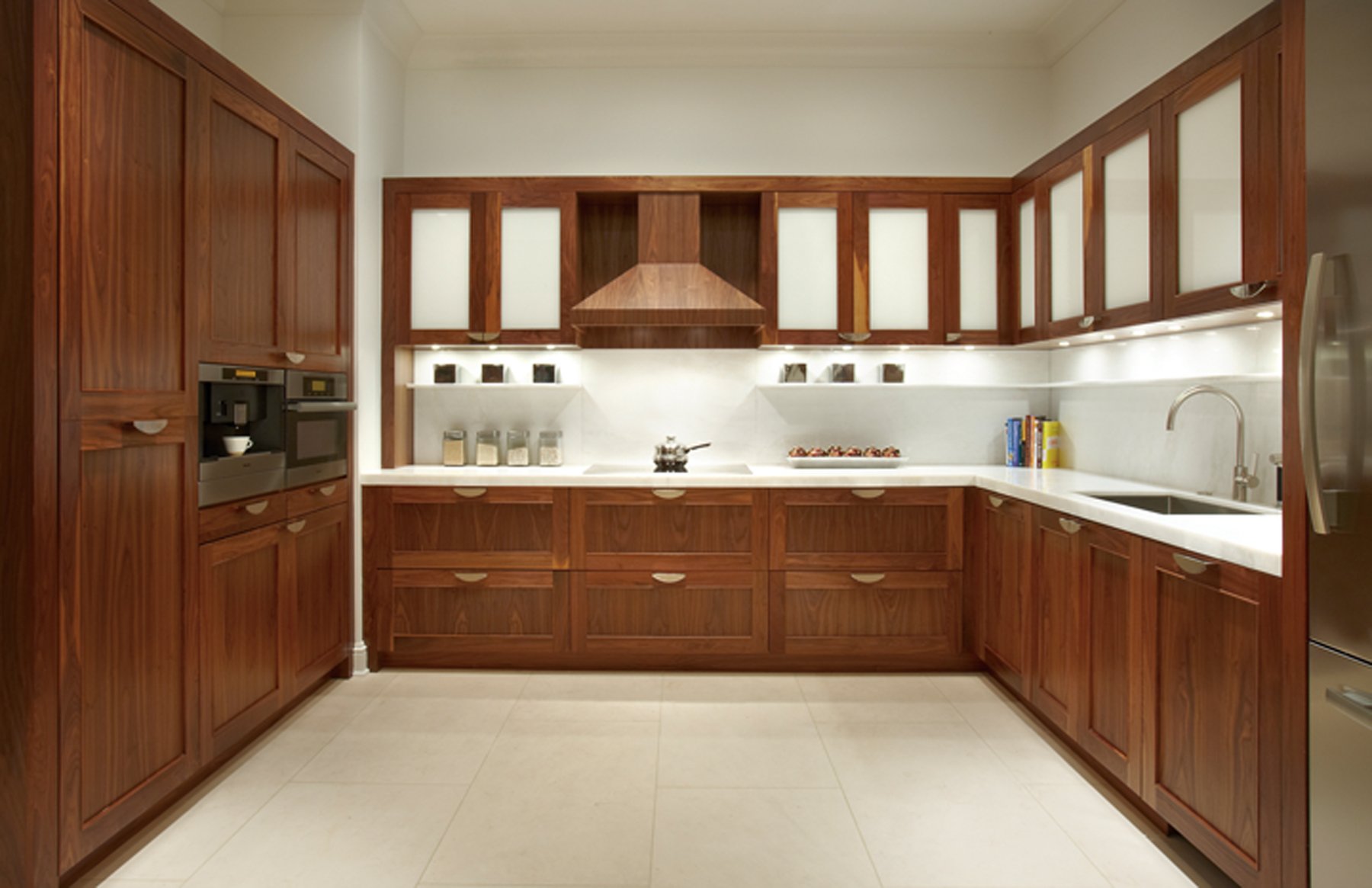Popular Wood Cabinet Designs in Pakistan: Wood Cabinet Design In Pakistan

Wood cabinet design in pakistan – Wood cabinets are an integral part of Pakistani homes, serving both functional and aesthetic purposes. The country’s rich cultural heritage and diverse craftsmanship traditions have influenced the evolution of cabinet designs, resulting in a wide range of styles that reflect local tastes and preferences.
Wood cabinet design in Pakistan is a vibrant mix of traditional craftsmanship and modern trends. From intricate carvings to sleek minimalist designs, there’s something for everyone. If you’re looking for inspiration, check out all wood cabinets oak hill , a site that showcases stunning custom kitchens, which might just give you the perfect spark for your own Pakistani cabinet design.
Whether you’re aiming for a rustic farmhouse vibe or a modern urban aesthetic, Pakistani wood cabinet designs are sure to impress.
Traditional Cabinet Designs
Traditional wood cabinet designs in Pakistan are characterized by intricate carvings, ornate embellishments, and the use of durable hardwoods. These designs often draw inspiration from Islamic art and architecture, featuring geometric patterns, floral motifs, and calligraphy.
Wood cabinet design in Pakistan is a vibrant mix of traditional craftsmanship and modern aesthetics. From intricate carvings to sleek minimalist designs, there’s a style for every taste. If you’re looking for a touch of elegance and a clean look, a wood wall cabinet white might be just what you need.
And who knows, maybe it’ll inspire you to incorporate some of that white-hot style into your own Pakistani wood cabinet design!
- Khatam Kari Cabinets: These cabinets are renowned for their intricate inlay work, using small pieces of wood, bone, and ivory to create elaborate designs. Khatam Kari is a traditional craft originating from Persia and is widely practiced in Pakistan, particularly in the city of Lahore. These cabinets are often used to store valuable items and serve as decorative pieces.
- Sheesham Wood Cabinets: Sheesham, a dark hardwood native to Pakistan, is highly prized for its durability and beautiful grain patterns. Sheesham wood cabinets are typically crafted with intricate carvings and polished to a high sheen, making them both functional and aesthetically pleasing. These cabinets are often used for storing clothing, jewelry, and other personal belongings.
- Deewan Cabinets: These cabinets are traditionally placed against walls and serve as seating areas. They are often crafted from walnut wood and feature ornate carvings and intricate designs. Deewan cabinets are typically used in formal settings and are a symbol of hospitality and social status.
Modern Cabinet Designs
Modern wood cabinet designs in Pakistan incorporate contemporary aesthetics while retaining elements of traditional craftsmanship. These designs often feature clean lines, minimalist details, and the use of sustainable wood species.
- Contemporary Kitchen Cabinets: Modern kitchens in Pakistan are increasingly incorporating sleek and functional cabinets made from wood species like teak, mango, and acacia. These cabinets often feature a combination of open shelving and closed cabinets, providing ample storage space while maintaining a contemporary aesthetic.
- Modular Cabinets: Modular cabinets are gaining popularity in Pakistan due to their flexibility and adaptability. These cabinets can be customized to fit different spaces and layouts, making them ideal for modern homes. They are often made from plywood or MDF and are available in a variety of finishes and colors.
- Rustic Cabinets: Rustic wood cabinets are becoming increasingly popular in Pakistan, particularly in homes with a farmhouse or industrial aesthetic. These cabinets often feature reclaimed wood, distressed finishes, and exposed hardware, creating a unique and charming look.
Factors Driving Popularity
The popularity of specific wood cabinet designs in Pakistan is driven by a combination of factors, including functionality, aesthetics, and cultural significance.
- Functionality: Cabinets provide essential storage solutions for homes and businesses. The design and features of a cabinet, such as the number of shelves, drawers, and doors, can greatly impact its functionality and usability.
- Aesthetics: Wood cabinets can enhance the overall look and feel of a space. The choice of wood species, finish, and design can significantly impact the aesthetic appeal of a cabinet.
- Cultural Significance: Traditional wood cabinet designs often hold cultural significance and are passed down through generations. These designs are seen as symbols of heritage, craftsmanship, and family history.
Materials and Craftsmanship

The artistry of Pakistani wood cabinets is deeply intertwined with the selection of materials and the craftsmanship employed in their creation. This section delves into the diverse range of wood types commonly used, the traditional techniques that have been passed down through generations, and the influence of modern technology on cabinet making in Pakistan.
Types of Wood
The choice of wood for cabinet making in Pakistan is driven by factors such as availability, cost, durability, and aesthetic appeal. Here’s an overview of some commonly used wood types:
- Sheesham (Indian Rosewood): Highly prized for its rich dark brown color, intricate grain patterns, and durability. It is widely available in Pakistan, making it a popular choice for high-end furniture and cabinets. Its cost is relatively high compared to other woods.
- Teak: Known for its exceptional durability, resistance to moisture and insects, and beautiful golden-brown color. While teak is less common in Pakistan than sheesham, it is still used for premium cabinets, particularly in coastal areas where its water resistance is highly valued. Its cost is higher than sheesham.
- Deodar: Native to the Himalayan region, deodar is known for its distinctive aroma, reddish-brown color, and durability. It is often used for cabinets in northern Pakistan, where it is readily available. Its cost is moderate compared to sheesham and teak.
- Mango Wood: A readily available and affordable wood in Pakistan, mango wood is known for its warm brown color, distinct grain patterns, and relative durability. It is commonly used for cabinets in various price ranges, offering a balance of aesthetics and affordability.
- Pine: A softwood that is readily available and affordable. Pine is often used for cabinet construction in budget-friendly options, as it is lightweight and easy to work with. Its durability is lower than hardwoods like sheesham and teak.
Traditional Craftsmanship Techniques
Traditional Pakistani cabinet making is characterized by intricate details, skilled craftsmanship, and a focus on creating durable and aesthetically pleasing pieces. Here are some of the techniques that have been passed down through generations:
- Hand Carving: A hallmark of traditional Pakistani cabinet making, hand carving involves meticulously shaping wood using chisels and other tools to create intricate designs, floral motifs, and geometric patterns. This technique requires immense skill and patience, resulting in unique and highly valued pieces.
- Inlay Work: Inlay work involves inserting pieces of different materials, such as bone, ivory, or wood, into the surface of the cabinet to create decorative patterns. This technique is often used in conjunction with hand carving, adding an extra layer of complexity and visual interest.
- Wood Turning: This technique involves shaping wood on a lathe to create round or cylindrical components, such as legs, handles, or decorative elements. Wood turning requires precision and skill, allowing for the creation of intricate and elegant shapes.
- Joinery: Traditional joinery techniques, such as mortise and tenon, dovetail, and finger joints, are used to assemble cabinet components without the use of nails or screws. These techniques create strong and durable joints that are both functional and aesthetically pleasing.
Modern Technology in Cabinet Making
While traditional techniques remain highly valued, modern technology has had a significant impact on cabinet making in Pakistan. Power tools and innovative finishes have streamlined production processes and expanded the range of possibilities:
- Power Tools: The use of power tools, such as saws, routers, and sanders, has greatly increased efficiency and precision in cabinet making. These tools allow for faster and more accurate cutting and shaping of wood, enabling the production of complex designs with greater ease.
- Innovative Finishes: Modern finishes, such as paints, varnishes, and stains, offer a wide range of colors, textures, and protective properties. These finishes enhance the durability and aesthetic appeal of cabinets, allowing for a greater degree of customization and personalization.
- Computer-Aided Design (CAD): CAD software allows for the creation of detailed designs and plans for cabinets, facilitating precise measurements and efficient production. This technology helps ensure accuracy and consistency in cabinet construction, while also allowing for greater creativity and customization.
Design Considerations for Pakistani Homes

The design of wood cabinets in Pakistani homes must cater to the unique cultural and lifestyle preferences of the residents. Considering factors like space, functionality, and aesthetics is crucial to ensure the cabinets are both beautiful and practical. This section will explore the design considerations for different rooms in a Pakistani home, highlighting the importance of incorporating traditional elements while embracing modern trends.
Cabinet Designs for Different Rooms
The choice of cabinet design should be tailored to the specific needs of each room. Here’s a table illustrating various cabinet designs suitable for different rooms in a Pakistani home:
| Room | Cabinet Design | Considerations |
|---|---|---|
| Living Room | TV console with intricate carvings, open shelves for displaying decorative items, and closed cabinets for storing electronics and other essentials. | Spacious, accommodates a large TV and audio system, blends with traditional decor. |
| Dining Room | Buffet cabinet with multiple drawers and shelves for storing cutlery, tableware, and linens. | Functional, provides ample storage, complements the dining table. |
| Bedroom | Wardrobe with a combination of open and closed compartments for storing clothes, accessories, and other personal items. | Spacious, maximizes storage capacity, offers flexibility for organizing different items. |
| Kitchen | Modular kitchen cabinets with a mix of drawers, shelves, and pull-out units for efficient storage and organization. | Ergonomic, maximizes storage space, incorporates modern appliances and features. |
| Bathroom | Medicine cabinet with a mirror and shelves for storing toiletries and medications. | Compact, provides easy access to essential items, blends with bathroom decor. |
Traditional Living Room Cabinet Design
A traditional Pakistani living room often features intricate designs, vibrant colors, and a welcoming atmosphere. A custom-designed cabinet can enhance the aesthetic appeal of the room while providing ample storage for decorative items and other essentials.
Here’s a concept for a traditional living room cabinet:
The cabinet could be crafted from mahogany or walnut wood, with intricate carvings inspired by Mughal architecture. The top section could feature open shelves for displaying family photographs, decorative vases, and other cherished items. The lower section could include closed cabinets with ornate handles for storing electronics, books, and other items. The cabinet could be finished with a dark stain and a glossy lacquer to enhance the natural beauty of the wood and the intricate carvings.
Modern Kitchen Cabinet Design, Wood cabinet design in pakistan
Modern kitchen cabinets are characterized by sleek lines, minimalist designs, and efficient storage solutions. Blending traditional and contemporary elements can create a unique and stylish look.
Here’s a visual representation of a modern kitchen cabinet design:
The cabinets could be made from high-quality plywood or MDF, finished with a white or grey lacquer for a clean and modern look. The lower cabinets could feature drawers with soft-close mechanisms and pull-out shelves for easy access to cookware and utensils. The upper cabinets could feature glass doors with sleek metal handles for displaying decorative items and china. The countertop could be made from quartz or granite, with a built-in sink and a modern faucet. The backsplash could be made from glass or ceramic tiles with a geometric pattern, adding a touch of traditional flair to the modern design.
